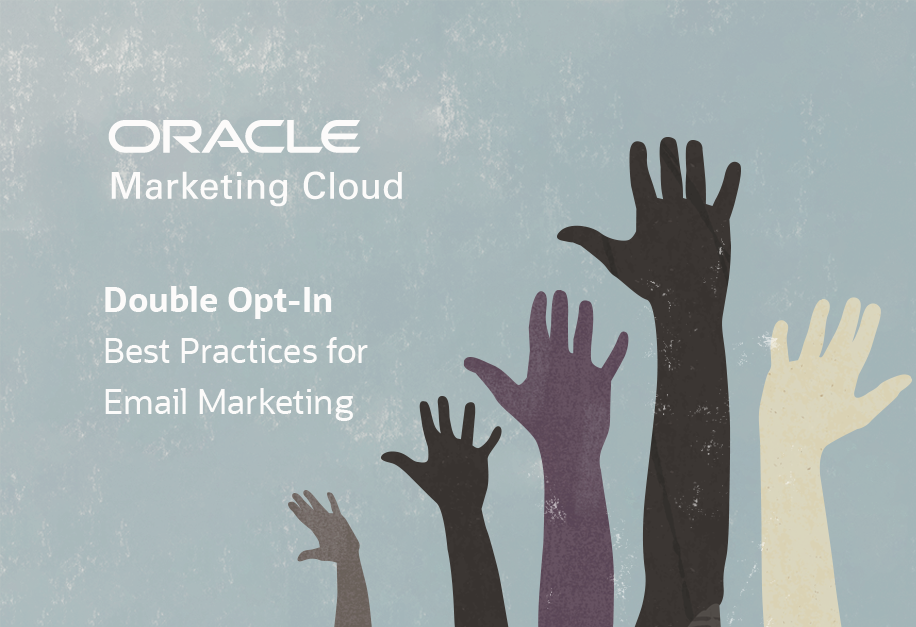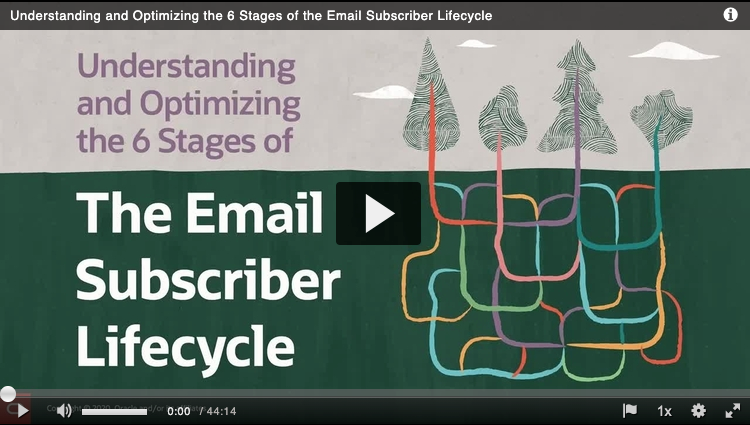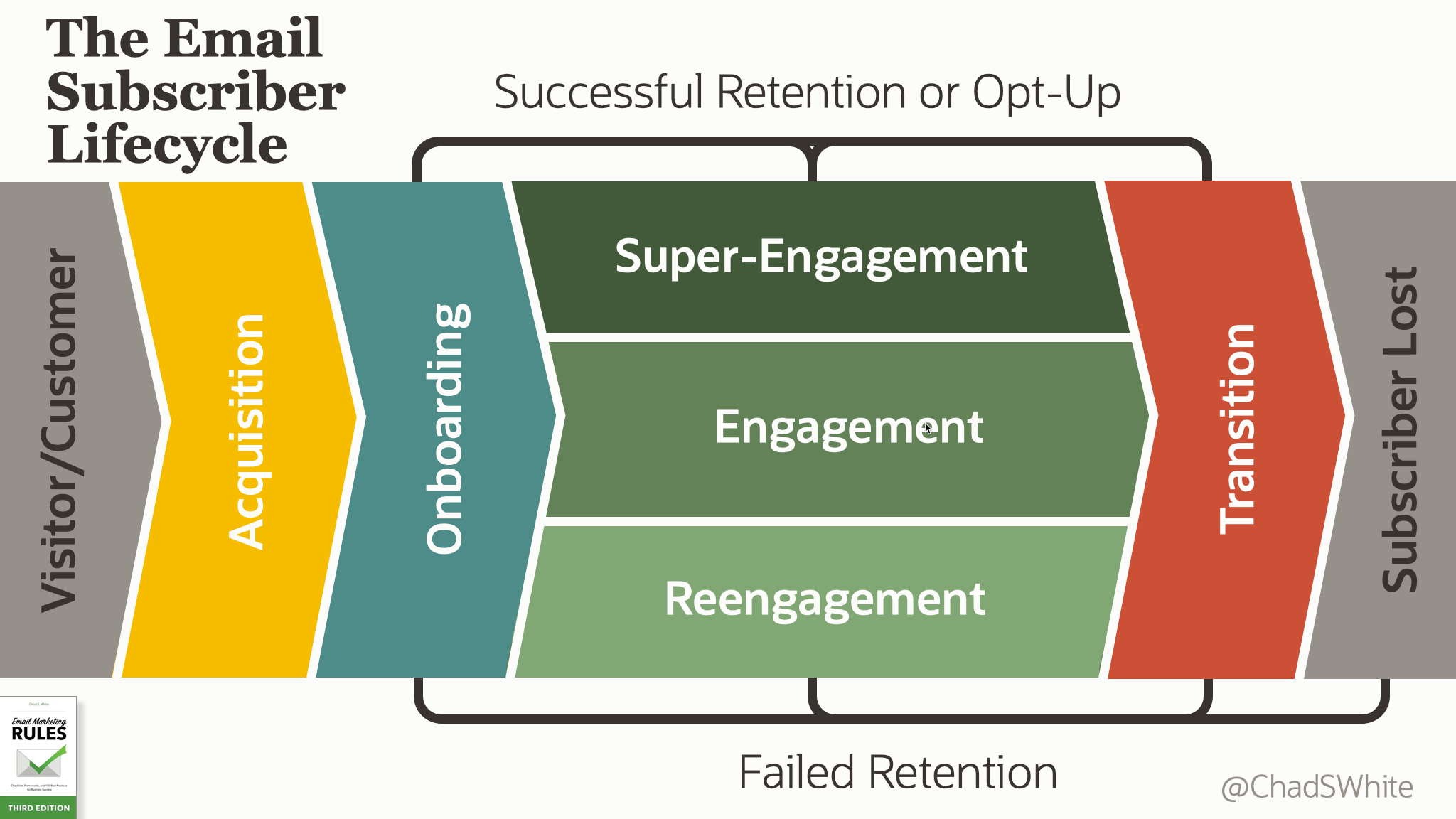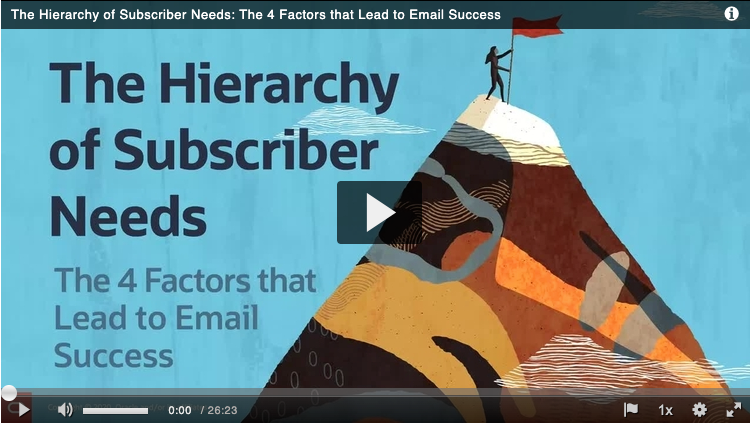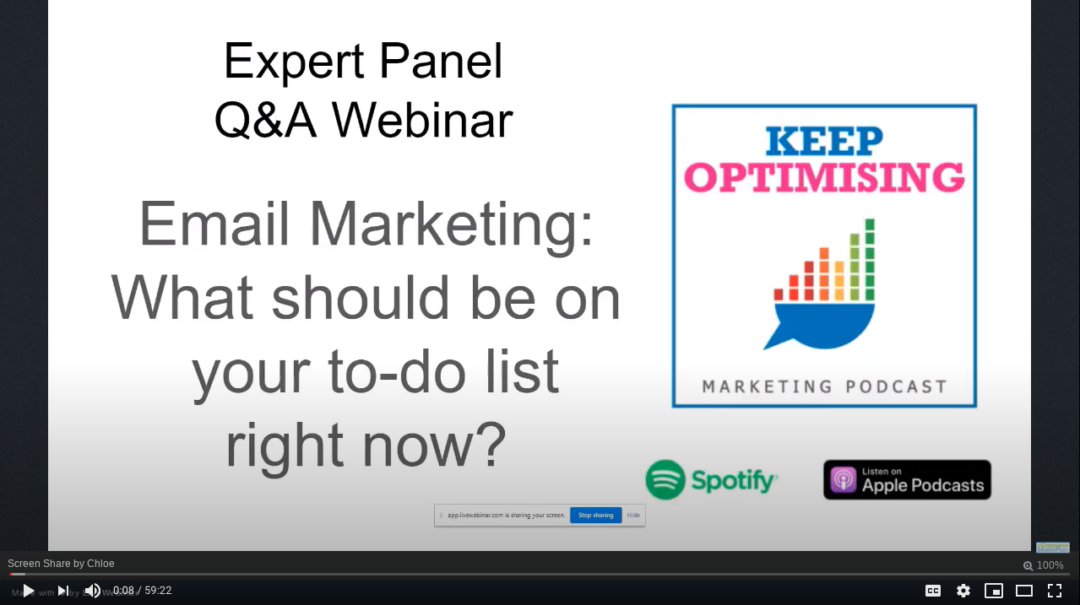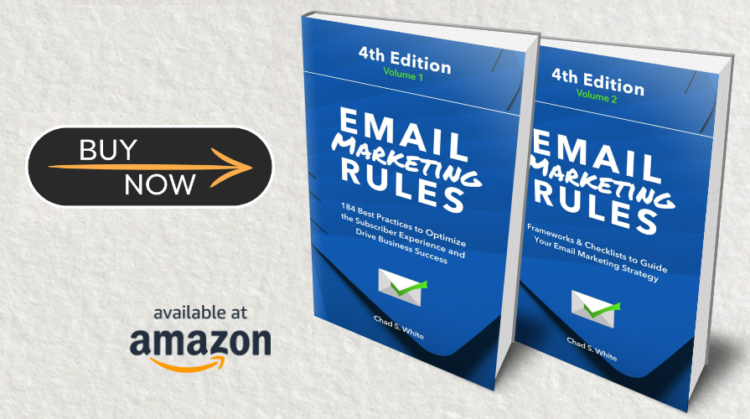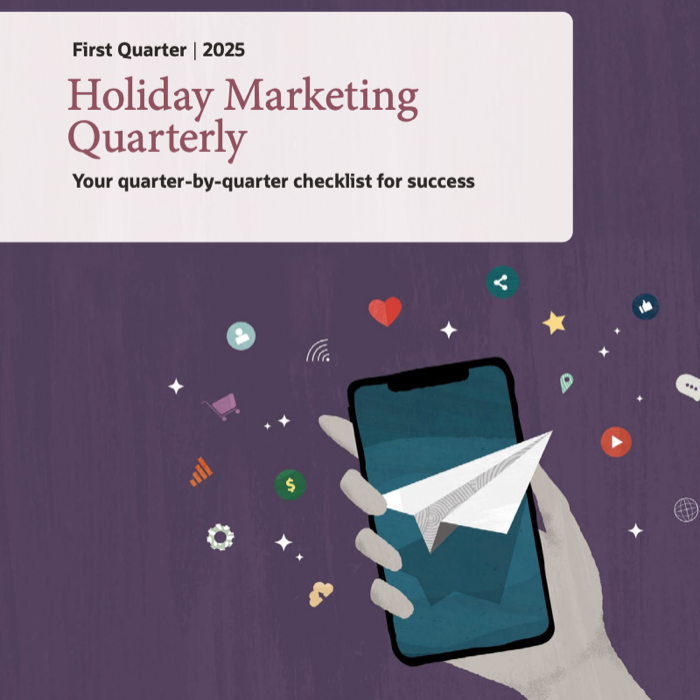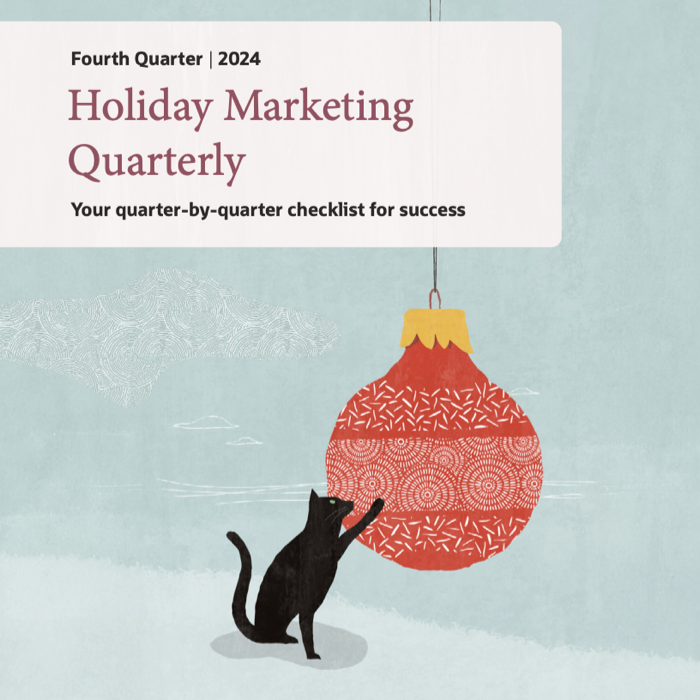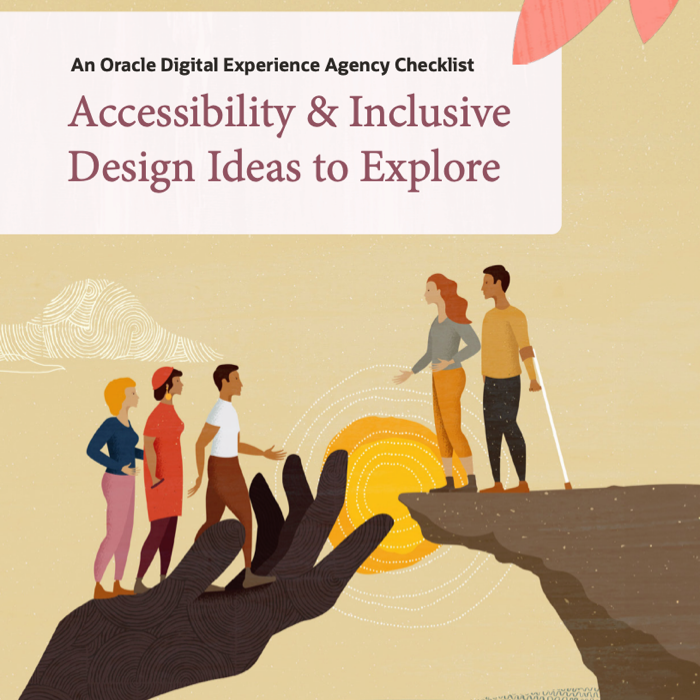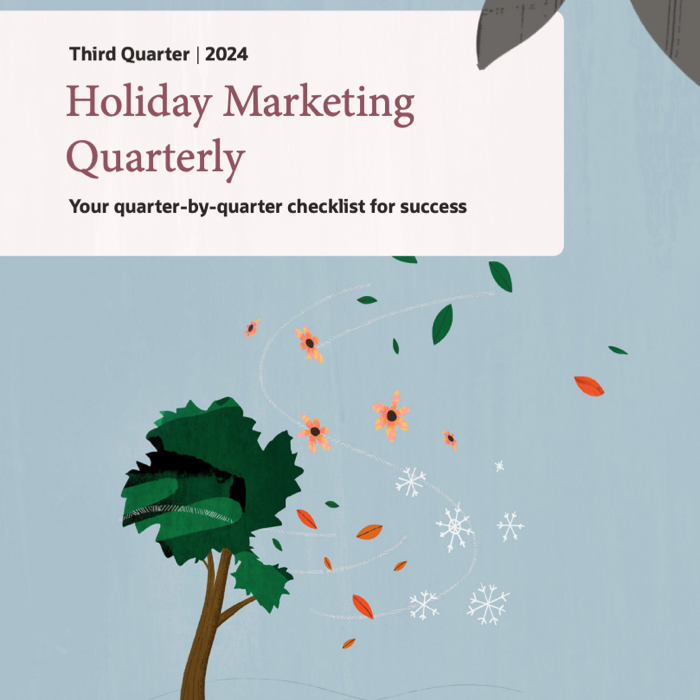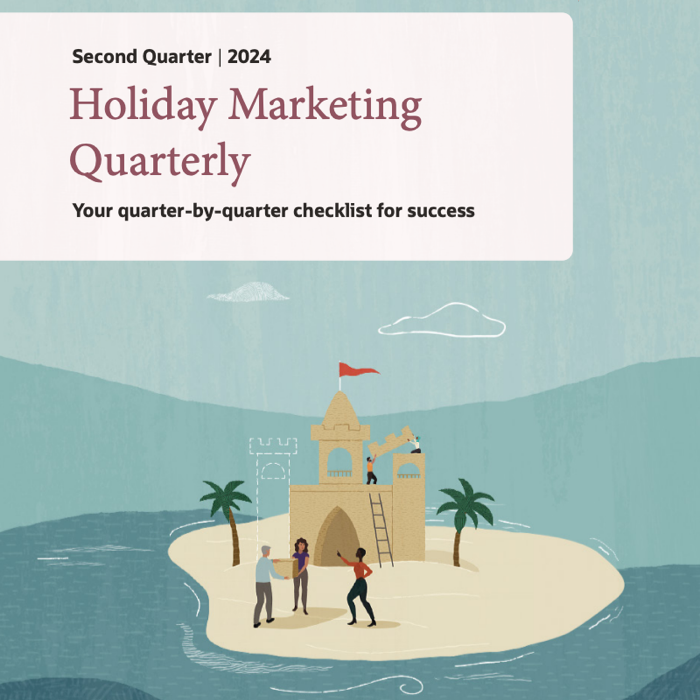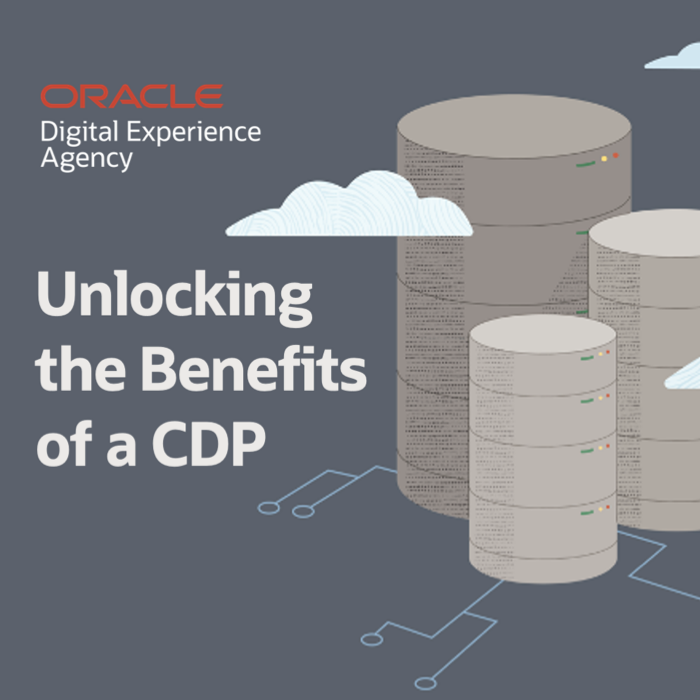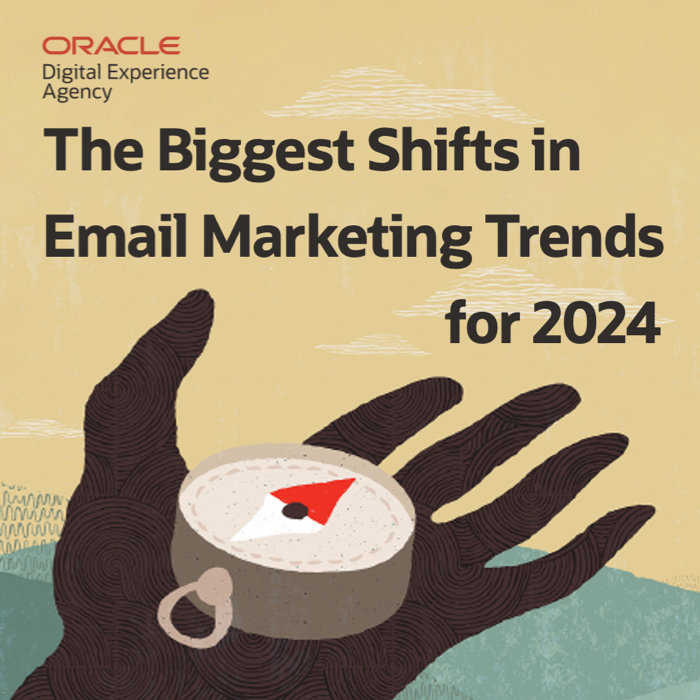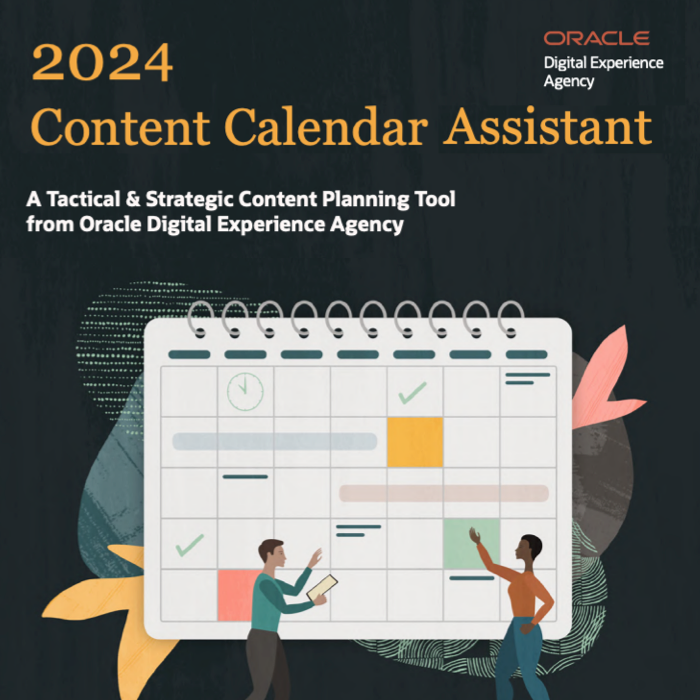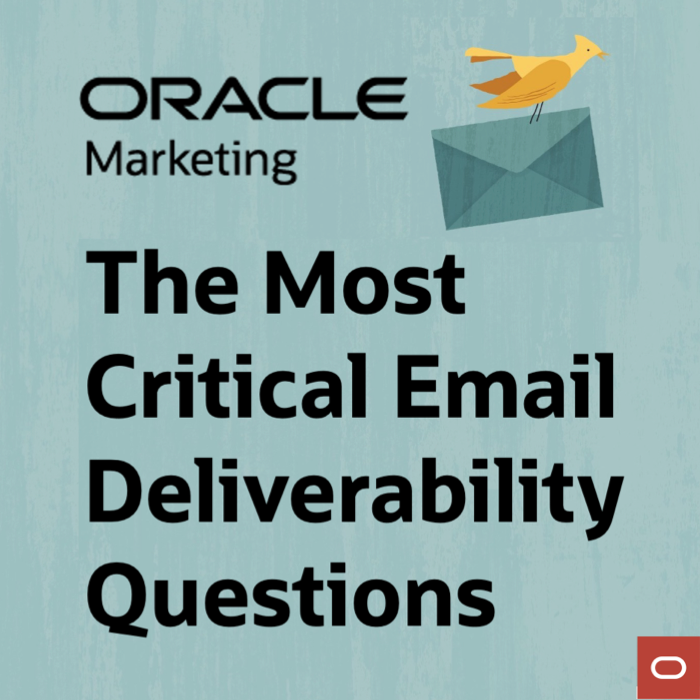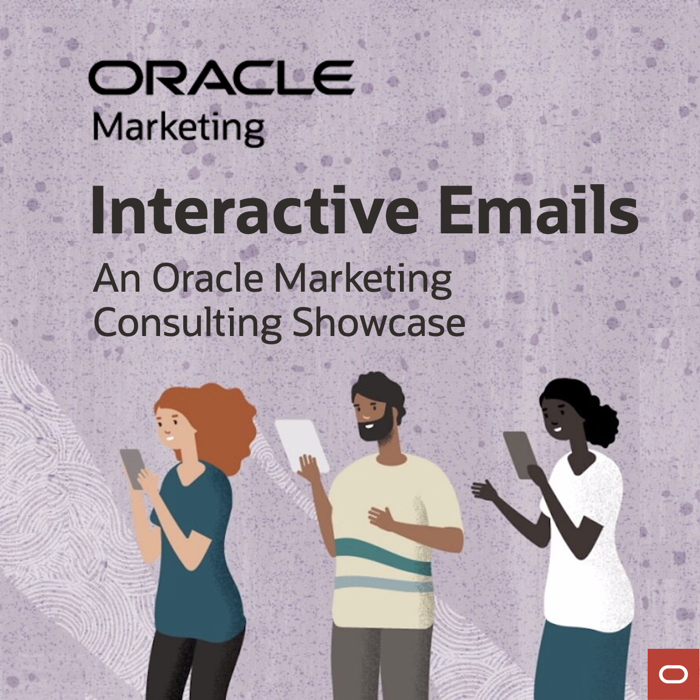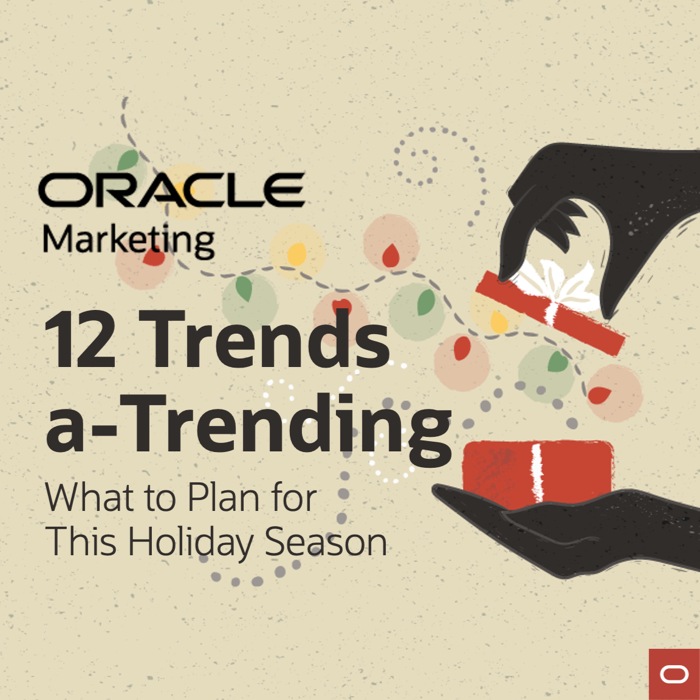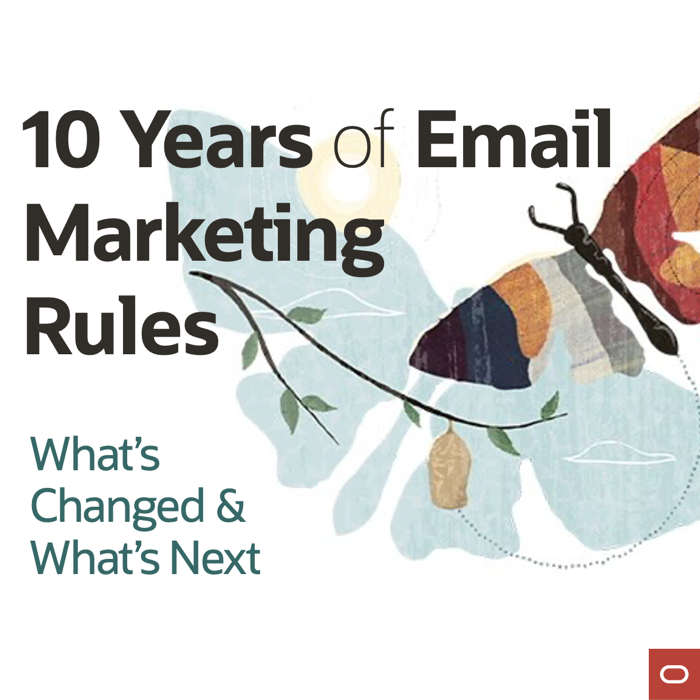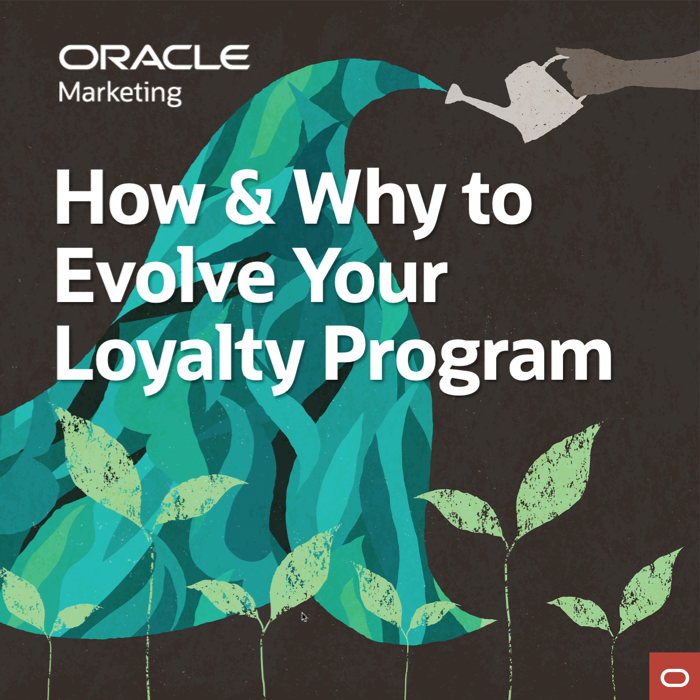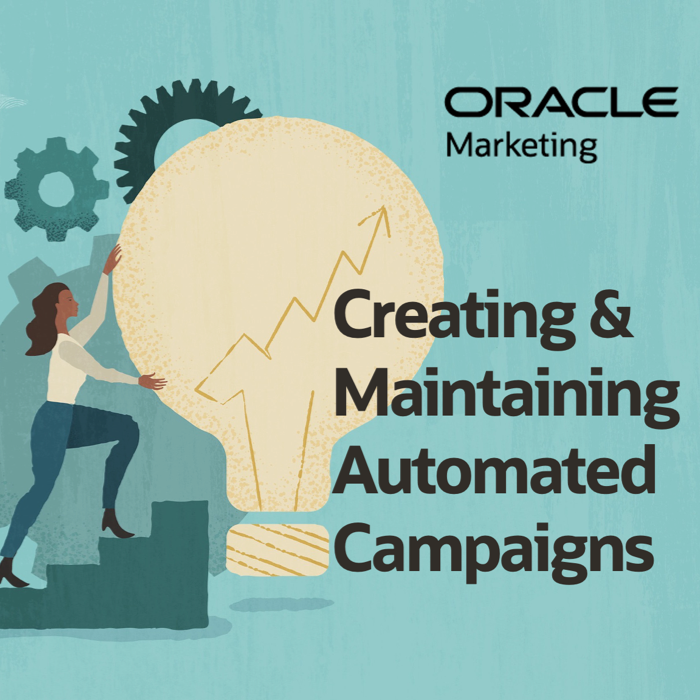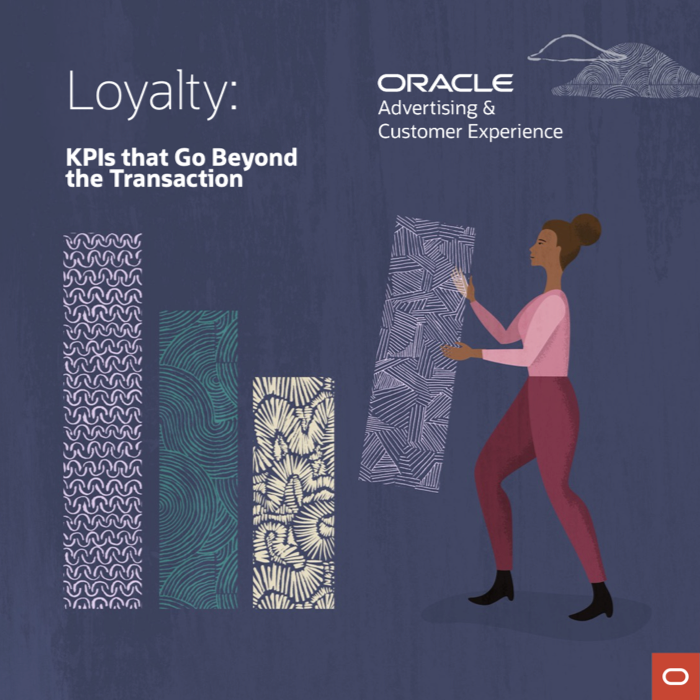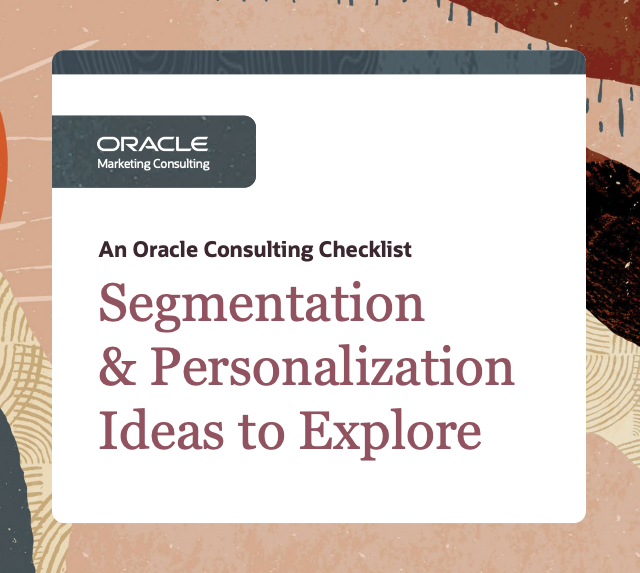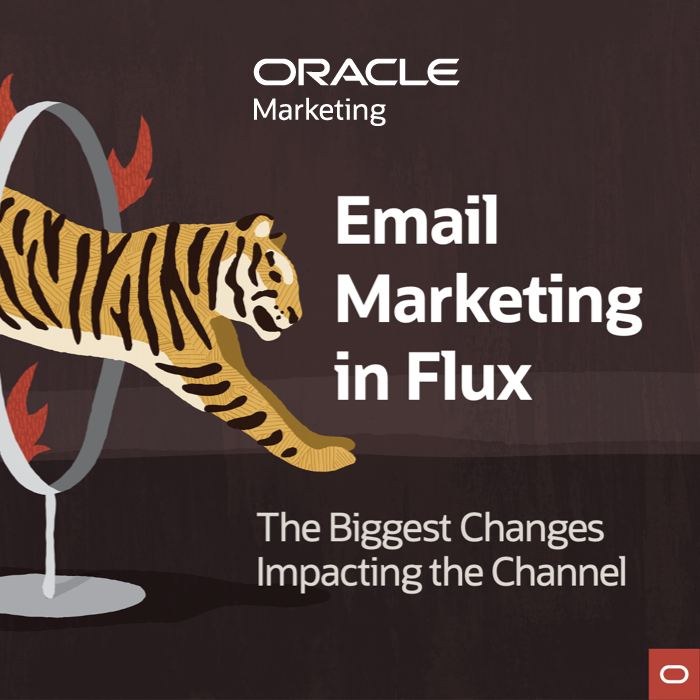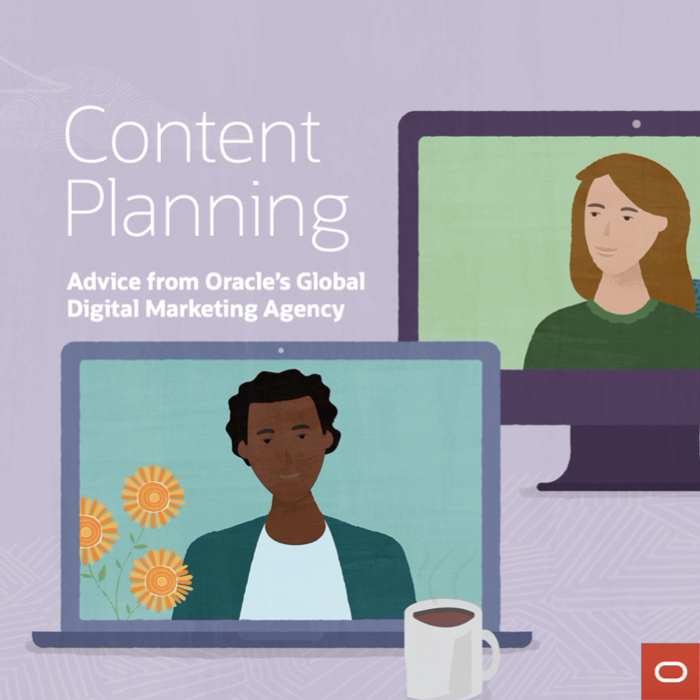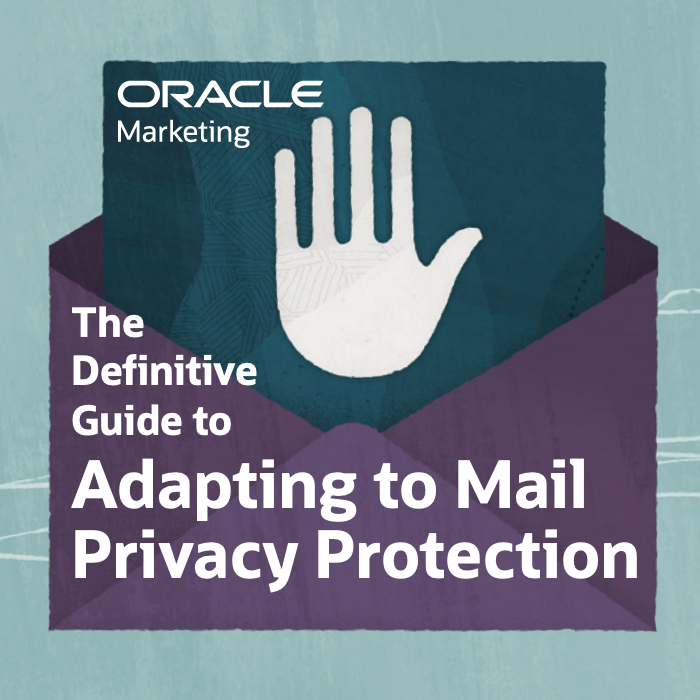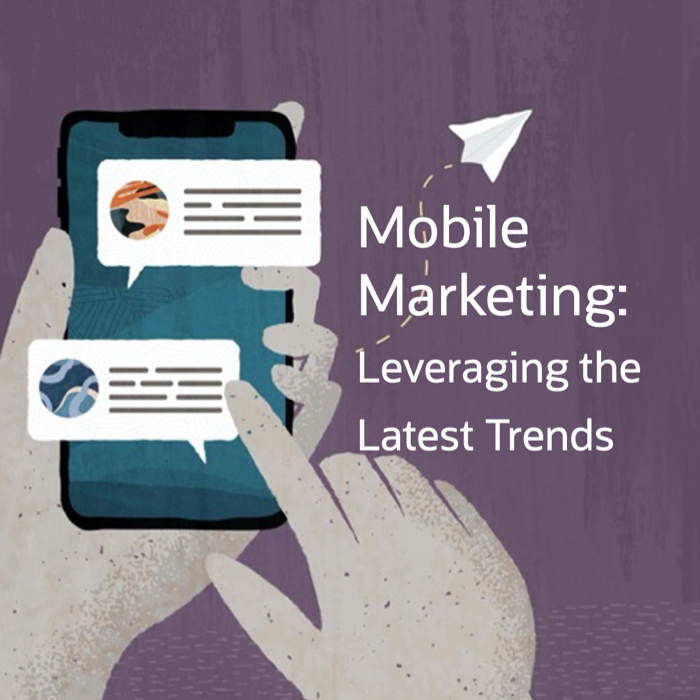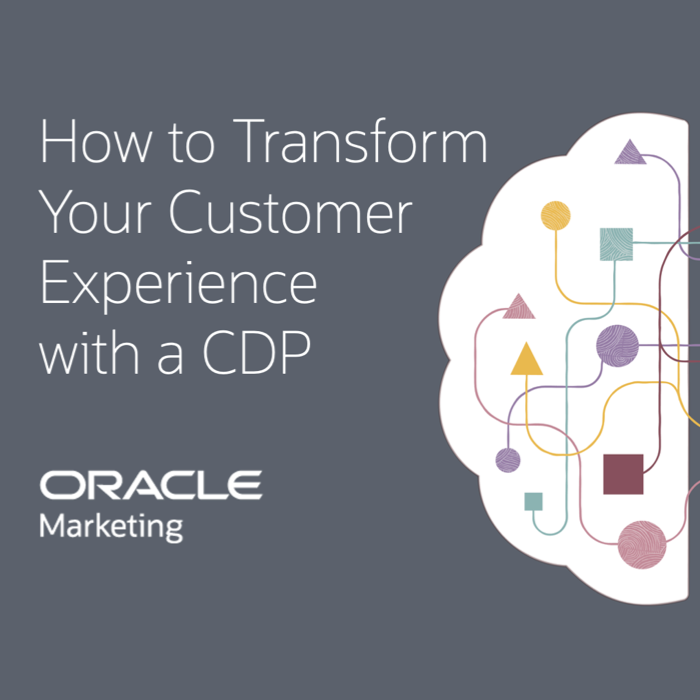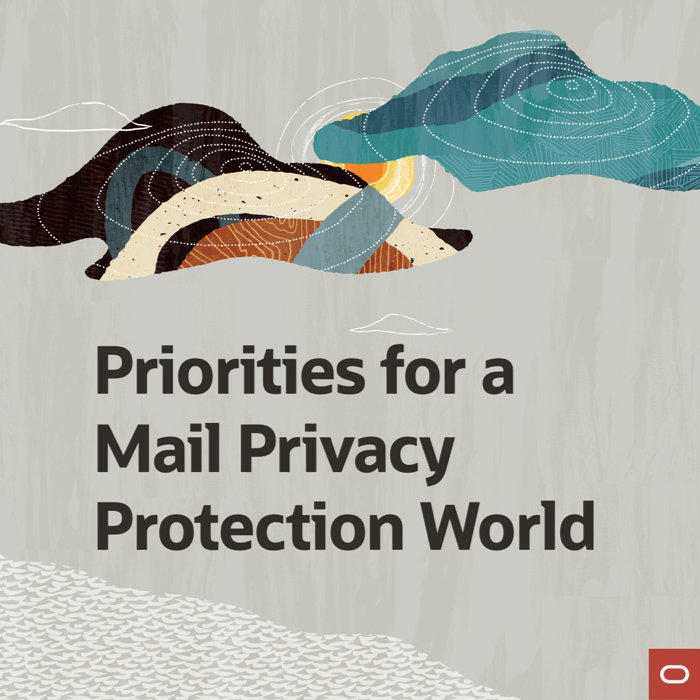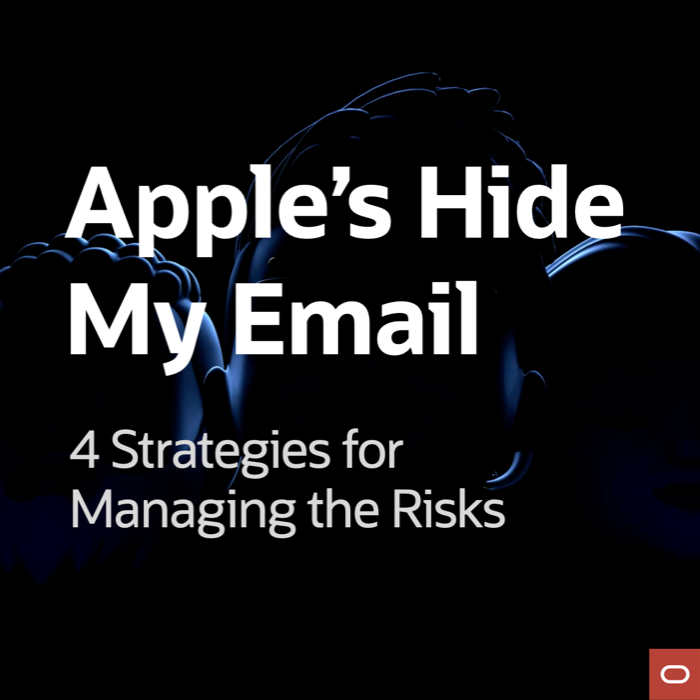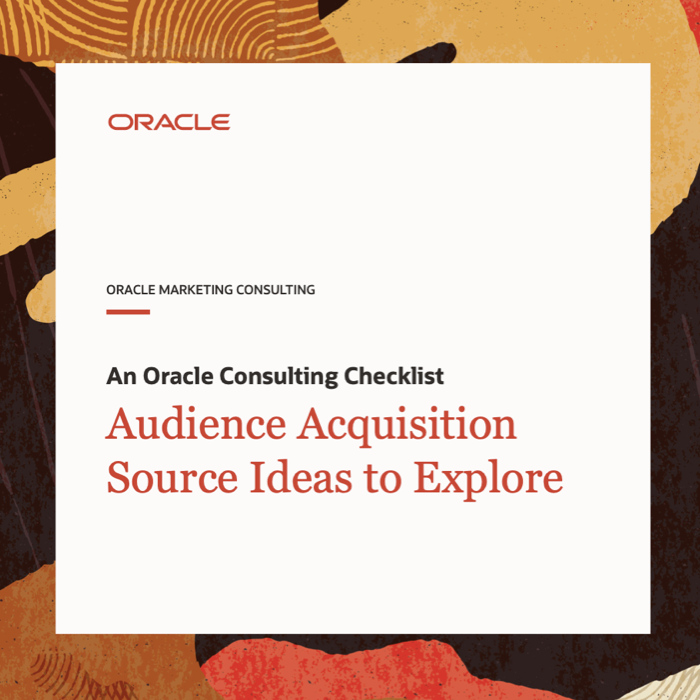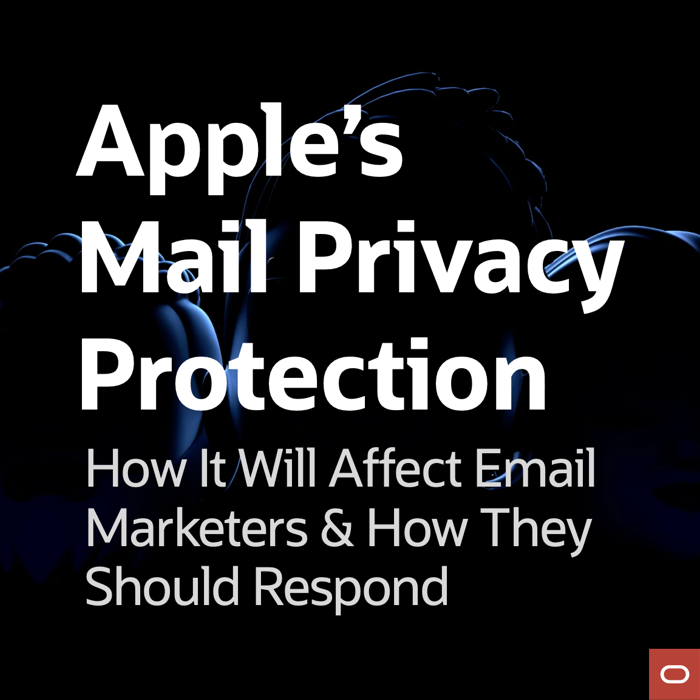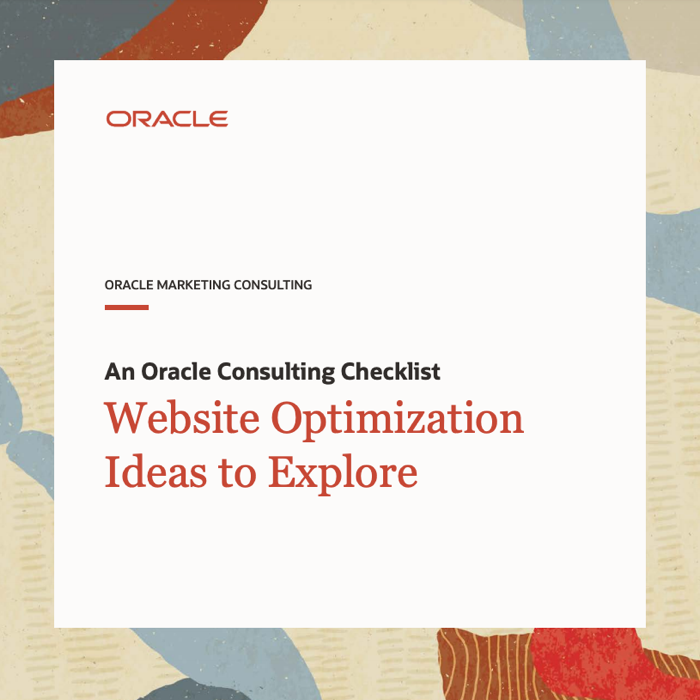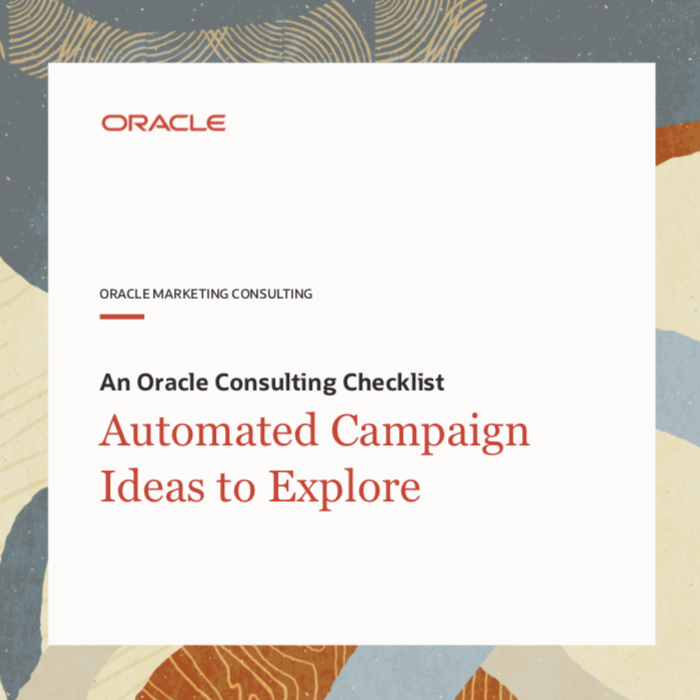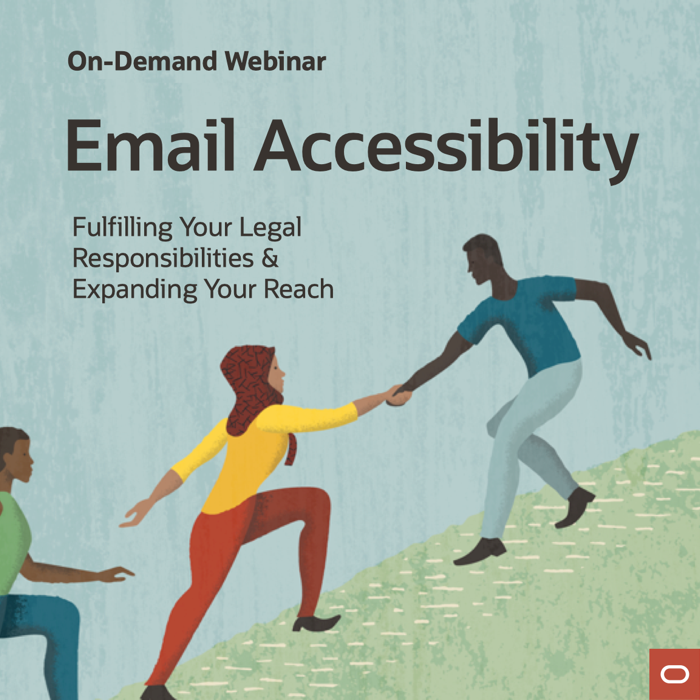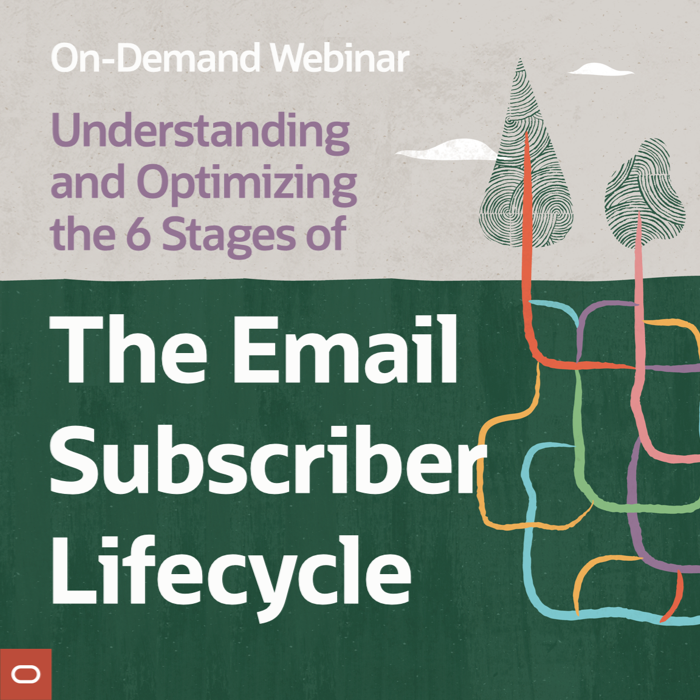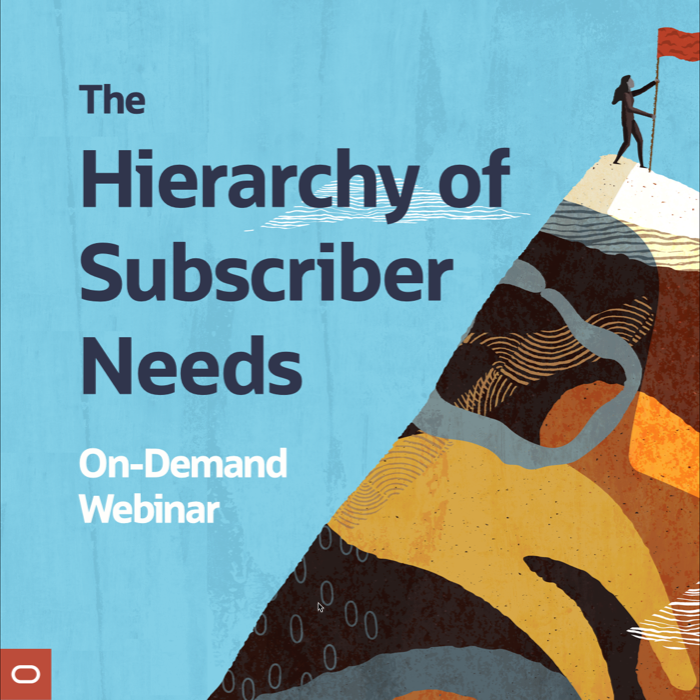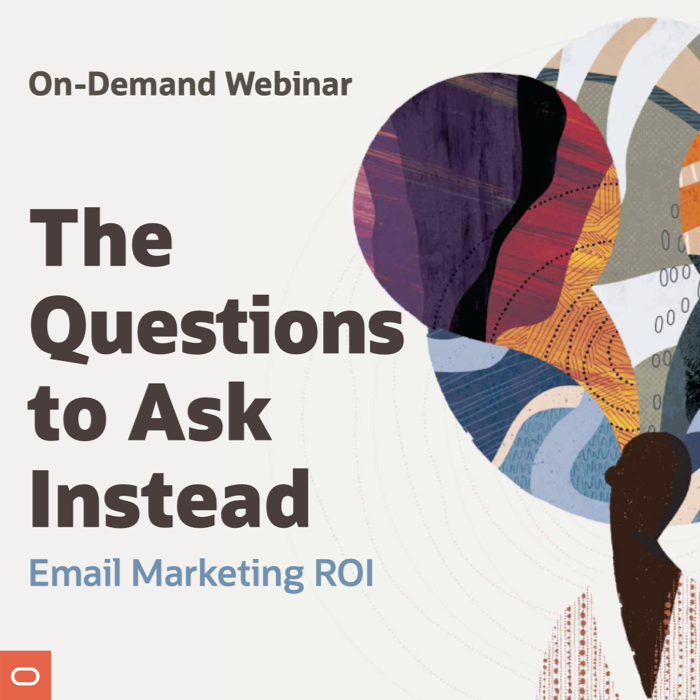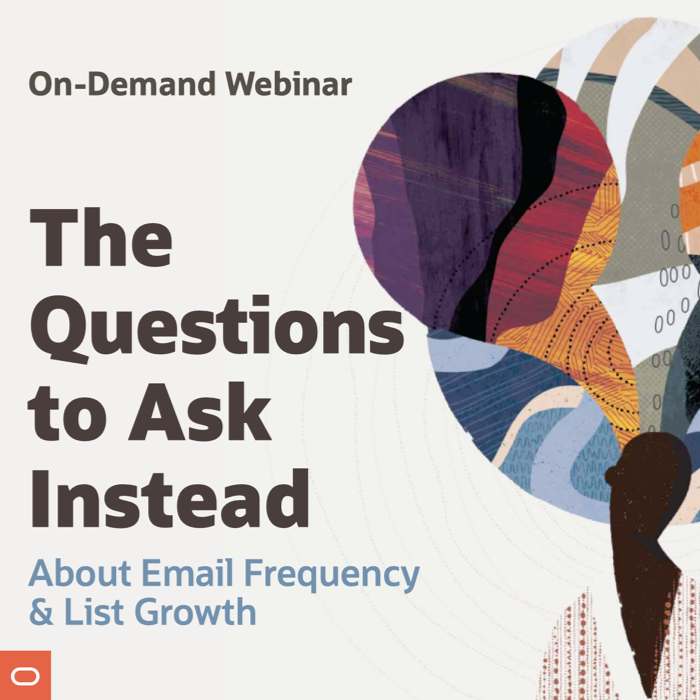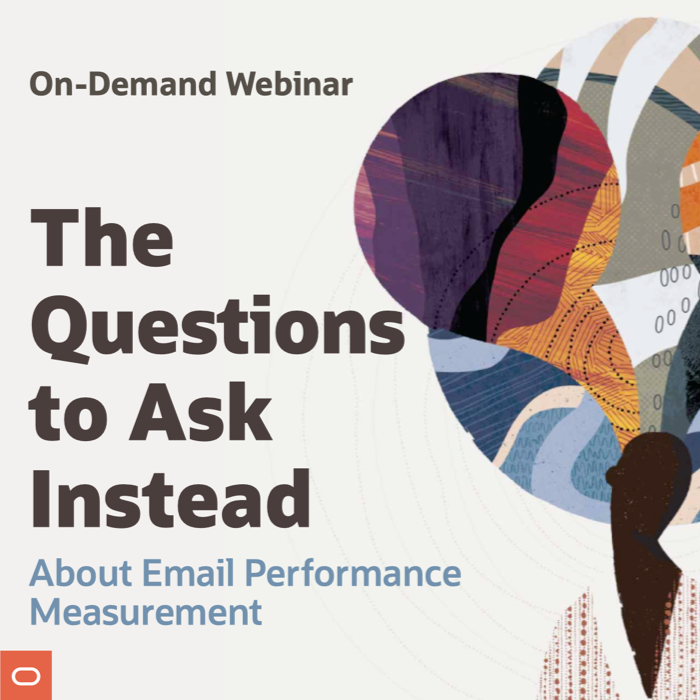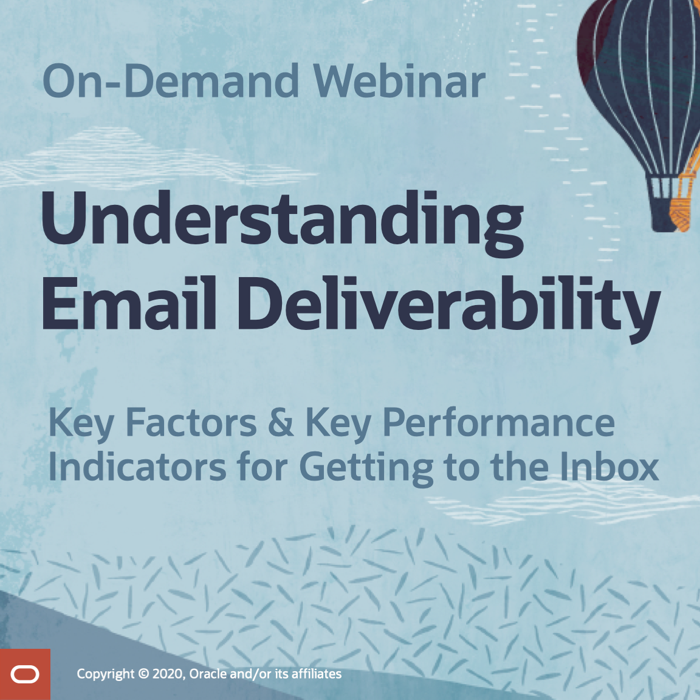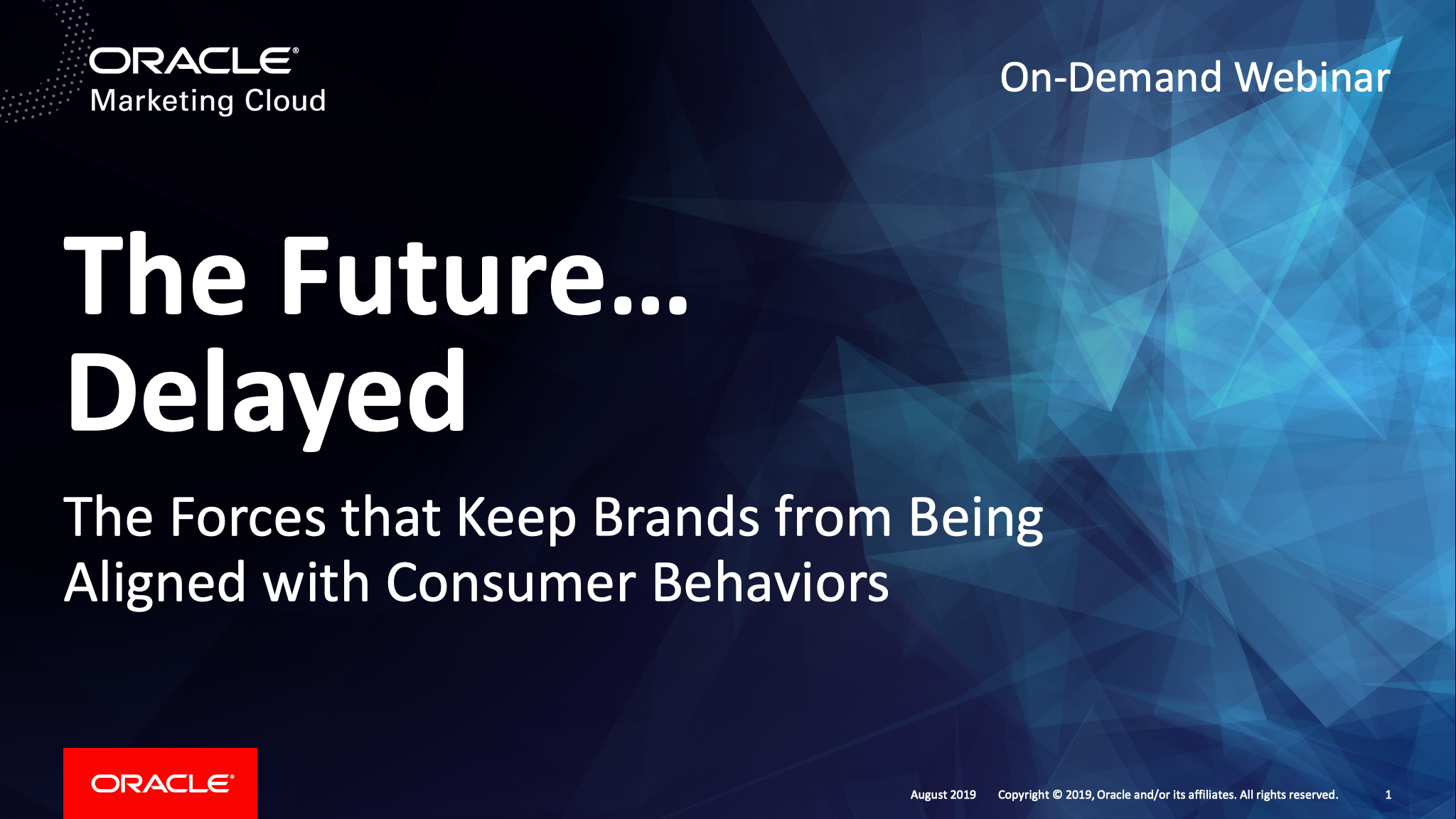EmailTalk Podcast: The Impact of Coronavirus on Email Marketing with Chad White
Posted on August 17, 2020
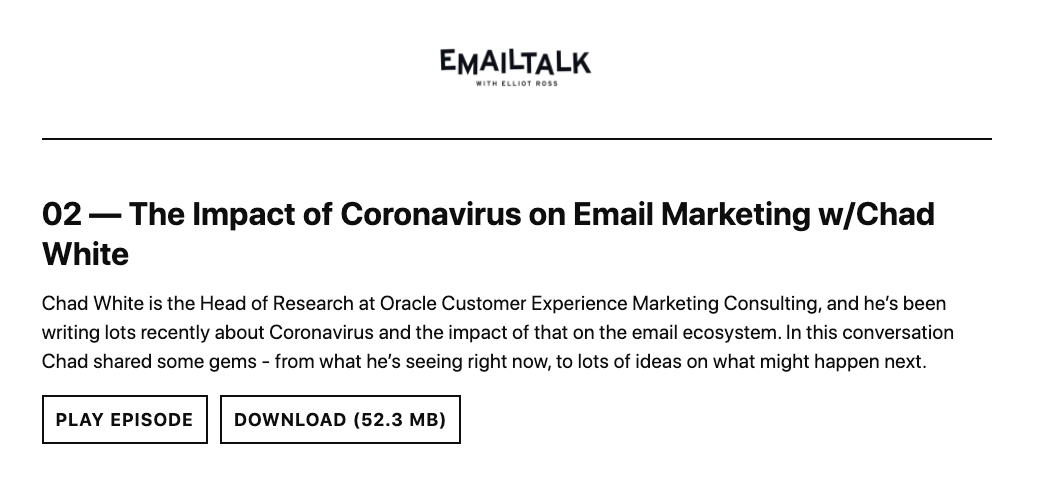
I join Taxi for Email Founder Elliot Ross on episode 2 of his new EmailTalk Podcast to discuss how the coronavirus has affected email behavior. But along the way, we discuss a wide range of other topics. In the podcast, I share:
- Two truths and lie about my book-writing career
- My email origin story of how I fell into the email marketing industry
- How email behaviors have changed during the pandemic, including changes in open patterns, email volume, email engagement, and unsubscribe rates
- How the pandemic has affected companies quite differently
- How the recovery coming out of the pandemic will be much more chaotic and individualistic compared to the fairly universal experience in mid-March
- Tips on how the mid-March COVID announcements could have been better
- Thoughts on how device usage now might affect your email design
- Tips on how to handle a lot of new consumer behaviors, such as first-time online buyers and curbside pickup
- How out-of-stocks are driving consumers to try new brands and new retailers, and how retailers should react
- My philosophy on what marketing’s key goal is
- How analytics can power your empathy
- The one thing about I would change about email marketing
To listen to our entire conversion…
>> Visit the EmailTalk.FM website
Webinar on Aug. 26: The Most Critical Email Deliverability Questions
Posted on August 12, 2020
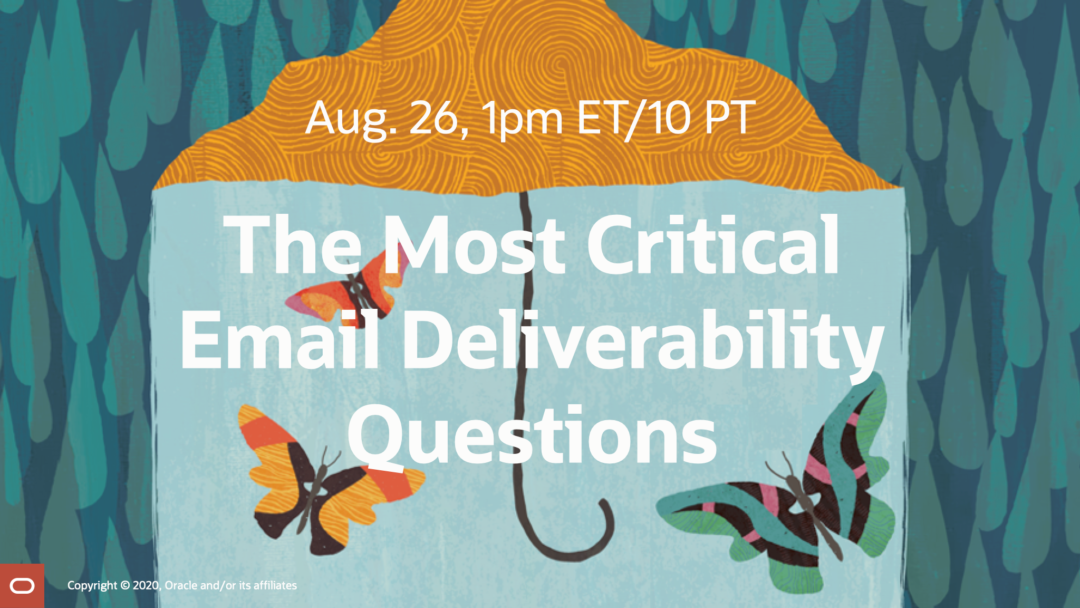
The most critical email deliverability questions are YOUR QUESTIONS.
Join Oracle CX Marketing Consulting’s Email Deliverability Services team for this attendee-driven webinar as they answer your questions about any of the issues that fall under the umbrella of email deliverability. For example, they can answer your questions about inbox placement, sender reputation, authentication, privacy legislation, BIMI, seed lists, click bots, spam fingerprinting, email validation, Gmail tabs, permission practices, inactivity management, spam traps, domain reputation, or anything else.
Our experts, which average over 13 years of deliverability experience each, will take questions throughout the webinar. However, to get your question at the top of our list, please email Daniel.deneweth@oracle.com prior to the live webinar.
The Most Critical Email Deliverability Questions
Date: Wed., Aug. 26, 2020
Time: 1pm ET/10am PT
Duration: 1 hour
Your Presenters:
Daniel Deneweth, Head of Email Deliverability Services, Oracle CX Marketing Consulting
Heather Goff, Director of Deliverability Strategy, Oracle CX Marketing Consulting
Clea Moore, Director of Deliverability Strategy for Email Deliverability Services, Oracle CX Marketing Consulting
Brian Sullivan, Strategic Director of Email Deliverability Services at Oracle CX Marketing Consulting
Chad S. White, Head of Research at Oracle CX Marketing Consulting and author of Email Marketing Rules
>> Register for this free webinar
On-Demand Webinar: The Questions to Ask Instead about Email Marketing ROI
Posted on August 11, 2020
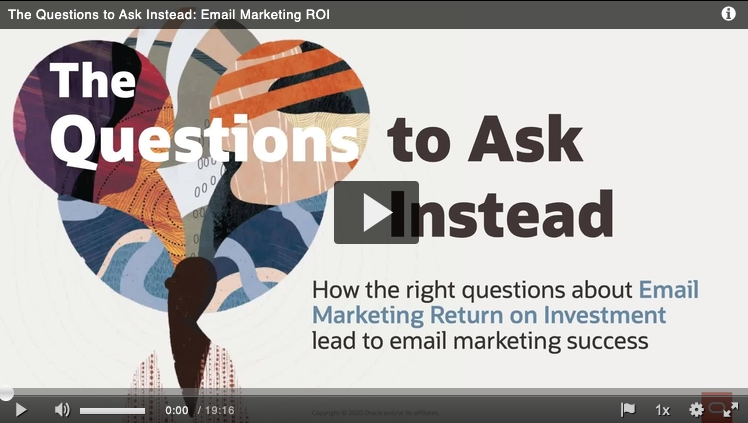
Not achieving your email marketing goals is frustrating, but achieving your goals and then not achieving success is devastating. This happens when marketers and executives ask the wrong questions. When that happens, the answer almost doesn’t matter, because it’s likely to cause you to put the wrong strategies in place regardless. A solid email marketing strategy starts by asking the right questions.
In this series of free on-demand webinars, we’re discussing a number of common email marketing questions that brands ask themselves, and then posing some better questions that brands should ask instead. In our earlier webinars, we discussed email performance measurement and email frequency & list building. In this 19-minute webinar, we look at common questions about email marketing ROI, including…
- How can we reduce our email marketing costs?
- How much does it cost?
- How can we increase our email marketing ROI?
In each case, we’ll explain why those questions aren’t likely to help you achieve the email marketing success that you want, and suggest one or more questions that are better. Along the way, we share advice from some of our more than 500 digital marketing consultants, as well as some real-world experiences from our clients.
To watch the free on-demand webinar…
>> Visit Oracle’s Modern Marketing Blog
On-Demand Webinar: Choosing the Best Days to Send Email Campaigns This Holiday Season
Posted on August 5, 2020
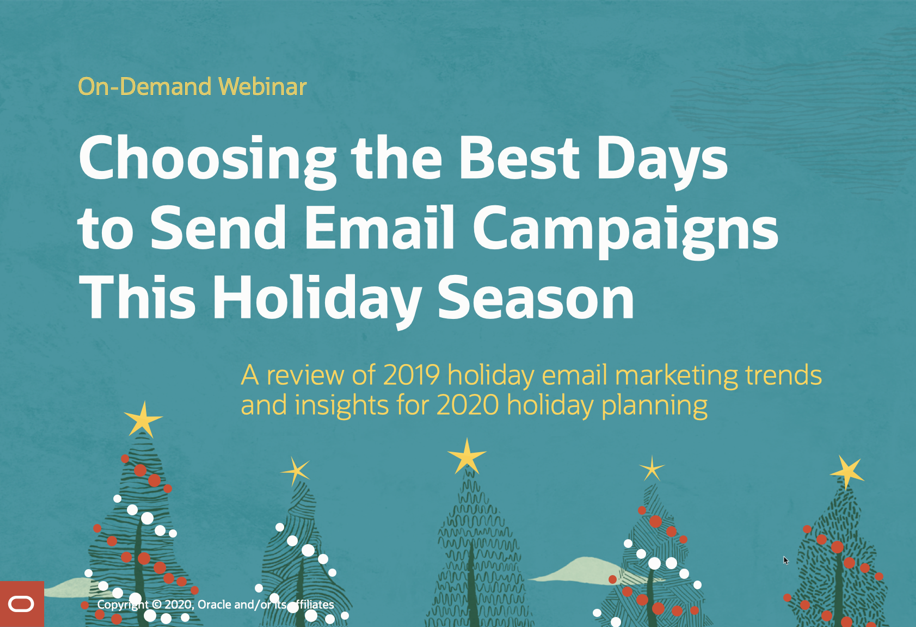
This holiday season has the potential to be one of the most turbulent and high stakes in decades. Potential risks include ongoing coronavirus restrictions, a further pullback in consumer spending, disruptions to supply chains and delivery, staffing shortfalls, and more social and political unrest. Preparation and planning are key to overcoming these challenges and protecting your revenue goals. Choosing the right email campaign days this holiday season will be key, and will require the support of other departments across your organization.
In this 37-minute webinar, Clint Kaiser, Danielle Renan, and I share insights into trends during the 2019 holiday season as well as our predictions for the 2020 holiday season. We’ll answer key questions, such as…
- What are the best days to send email during the pre-Thanksgiving period?
- With fewer people likely to travel for Thanksgiving this year, how will Thanksgiving be affected as a potential campaign day?
- Black Friday and Cyber Monday are perennially the top 2 busiest email marketing days of the year. Is sending on Black Friday and Cyber Monday still worth it?
- What are the highest revenue per email days during the holiday season?
- How do campaigns perform on Green Monday?
- Has email volume been trending up or down for Christmas Eve and Christmas Day?
- What happens to unsubscribe rates over the course of the holiday season?
We answer all of those questions and many more, plus we’ll talk about some broader digital marketing trends you should plan for this holiday season. Watch the on-demand webinar to get insights you can use to help plan your holiday marketing campaigns…then download our third quarter Holiday Marketing Quarterly checklist to get even more holiday planning advice.
>> Watch the free webinar on Oracle’s Modern Marketing Blog
The Last Word on July 2020
Posted on August 3, 2020
 A roundup of email marketing articles, posts, and tweets you might have missed last month…
A roundup of email marketing articles, posts, and tweets you might have missed last month…
Must-read articles, posts & reports
Learning from Failure: Stories and Lessons from Members of Only Influencers (Only Influencers)
Email engagement ‘highest in five-year period’ (Digital Intelligence)
Insightful & entertaining tweets
Hey Brand, if you’re not giving me a discount/offer/surprise, don’t send me a happy birthday email.
— 𝔸𝕃𝔼𝕏 (@alexcwilliams) July 1, 2020
We are all being tested currently by consumers. 61 percent claim that how a brand responds during the crisis will have a large impact on whether they continue buying it when the crisis is over.
Build #trust
— Mathew Sweezey (@msweezey) July 20, 2020
launching some workflows is like giving birth. i plan spending the next week watching it like a new mother. #emailgeeks #digitalmarketing
— Joi Tamber-Brooks (@joibrooks) July 22, 2020
First signting of bundles in the @gmail Promotions tab in Gmail web. Are Annotations next? Getting ready for a @PeakInbox announcement. #emailgeeks pic.twitter.com/DpgaXKSl1v
— Brian Sisolak (@bsisolak) July 29, 2020
Noteworthy subject lines
Great Gap Sale, 7/5 – 2 codes, 3 summer deals & a Happy 4th!
Walmart, 7/22 – Check off your school shopping list for less ✔️ 💰
Big Lots, 7/22 – Big deals on back-to-class checklist items
Belk, 7/22 – Extra 50% off back to school cuteness 📚
Michaels, 7/18 – Dear parents: Your kids are invited to Camp Creativity online + coupon inside!
Zales, 7/29 – 🤗 Wearable Optimism | Gemstones
Omaha Steaks, 7/15 – Stay prepared with a full freezer – and get Free Shipping.
Bass Pro Shops, 7/28 – Now shipping delicious Mr. Steak meats to your door
REI, 7/26 – Turn Your Backyard into the Ultimate Outdoor Kitchen
Bed Bath & Beyond, 7/30 – Grilling gear starting at $7.99 🍢 Buy online and use contactless Curbside or Store Pickup. ** Redeem you 20% or $20 coupon.
Williams Sonoma, 7/24 – Make Flour Shop’s pop-up cakes at home
Crate & Barrel, 7/22 – Better than the ice cream truck.
Williams Sonoma, 7/14 – What makes a complete kitchen?
Target, 7/30 – Get a move on your furniture sale 🚗
Big Lots, 7/27 – Home beauty begins with Broyhill furniture
West Elm, 7/18 – Maximize your small space with our FREE Design Crew
Staples, 7/22 – Deals to stay safe and productive.
Banana Republic, 7/14 –Learn About Face Masks
Petco, 7/15 – Dog friendly workout ideas! 😅
Target, 7/29 – Comfy, stylish sneakers for everyone 👟
Bonobos, 7/11 – Summer Shirts > Bummer Shirts
Underground Cellar, 7/28 – Here’s a $26 Wine Credit! 🎉
Michaels, 7/30 – Mark Your Planner: National Planner Day is August 1st 🙌
Anthropologie, 7/28 – Seen in the Hamptons: TIE DYE
MoMA Design Store, 7/15 – UNIQLO’s New Text Message T-Shirts
ModCloth, 7/13 – We’re all about @MissAlexLaRosa!
Neiman Marcus, 7/26 – Leading with love
Zales, 7/18 – Celebrate Bold, Confident and Strong Women With Our Favorite Collections
New posts on EmailMarketingRules.com
On-Demand Webinar: Understanding the Mailbox Provider Landscape
Planning for a Hard-to-Plan-for 2020 Holiday Season
UNSPAM Conference: Work & Industry Trends
Keep Optimising Podcast: Chad S. White, Author of ‘Email Marketing Rules’
Email List Churn: How to Reduce Both Passive & Active Opt-Outs
Webinar on Aug. 4: Keep Optimizing Email Marketing Expert Panel
Posted on July 30, 2020
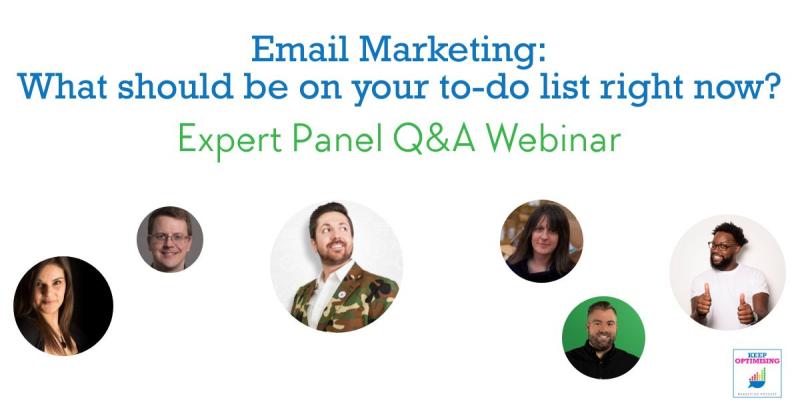
As a follow-up to my appearance on the Keep Optimizing Podcast, I’ll be joining host Chloe Thomas on Aug. 4 and July’s other guests to talk about email marketing and answer the question: What should be on your to-do list right now?
We’ll be discussing the hot email marketing topics AND answering your email marketing questions, including:
- How do we capitalize on a lockdown-driven surge in orders?
- How do we recover if our sales have tanked?
- What should we be planning now to have success on Black Friday and Cyber Monday, and during the rest of the holiday season?
Keep Optimising Expert Panel Q&A Webinar
Date: Aug. 4, 2020
Time: Noon ET/5pm in UK
Duration: 1 hour
Your Presenters:
Chloe Thomas, host of Keep Optimizing
Chad S. White, Head of Research at Oracle CX Marketing Consulting
Gavin Laugenie, dotdigital
Joe McCarthy, Klaviyo
Kate Barrett, author of bestseller “E-telligence: Email marketing isn’t dead, the way you’re using it is”
Kurt Elster, Unofficial Shopify Podcast
 Email Marketing Rules
Email Marketing Rules